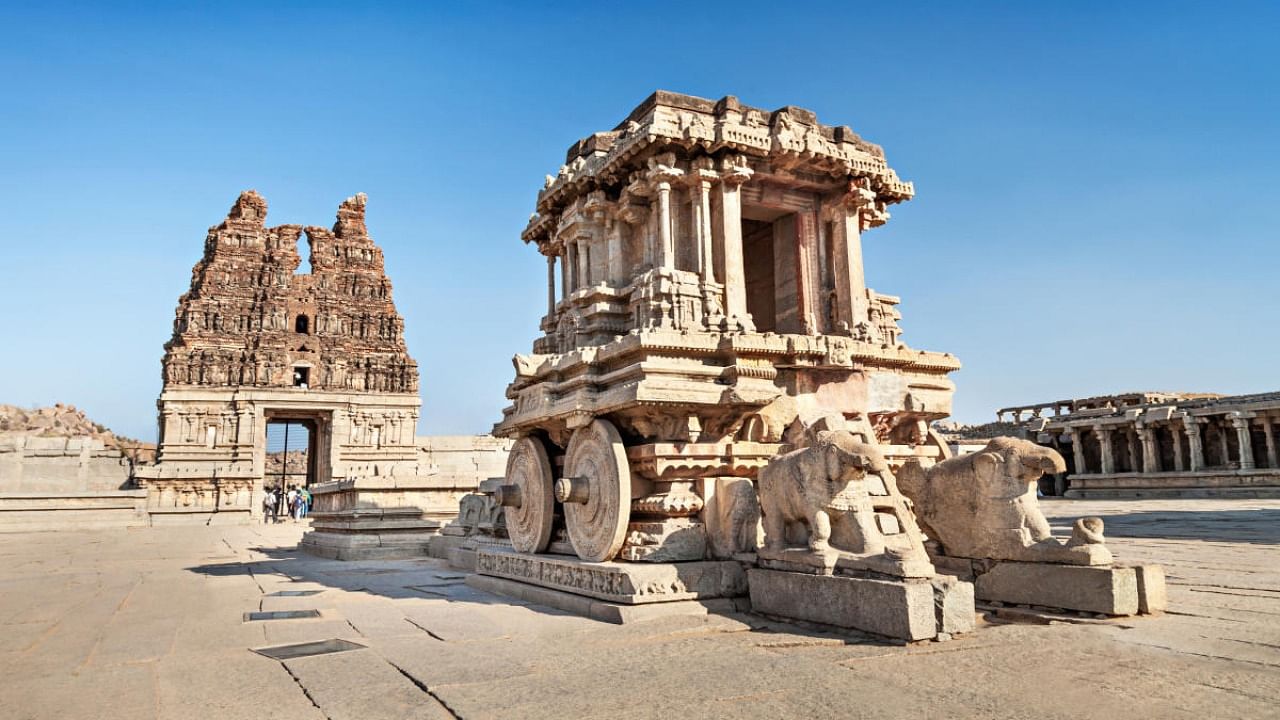
Karnataka boasts abundant natural resources, UNESCO world heritage sites, and remarkable architectural marvels. It is revered as the ‘Cradle of Stone Architecture’. With its pleasant climate, welcoming locals, authentic cuisine, accessibility and connectivity, rich culture, and spirit of camaraderie, Karnataka has all the elements to be a must-visit destination in the subcontinent. Moreover, it has already established Bengaluru’s reputation as the IT capital of India.
Presently, the state’s share in domestic tourism is just 12%, behind Tamil Nadu (17.02%), Uttar Pradesh (16.19%), and Andhra Pradesh (13.77%). Tourism is a significant GDP driver (around 8%). In 2019, Karnataka’s tourism sector contributed 14.8% of the state’s gross state domestic product (GSDP) and provided over 30 lakh jobs. This compares well with the overall figure for India (around 6.2%).
While southern Karnataka is a well-known tourist hub, the northern Karnataka districts—Dharwad, Belgaum, Vijayapura, Bagalkot, Uttar Kannada, Haveri, Kalburgi, and Bidar—also have potential for development. The state has seen improvements in its infrastructure, road networks, healthcare, educational institutions, etc. With the opening of the T2 terminal in Bengaluru, the new airport in Kalburgi, and the upgrades of Mysuru, Hubbali, and Belagavi airports, the accessibility of the region has increased manifold. Similarly, the proposed airports in Shivamogga and Vijapura would further open Karnataka. Coorg and Chikmagluru have already emerged as new hill destinations, drawing hoards of visitors from all over India.
Belgaum is situated on the periphery of the Western Ghats, surrounded by shrub jungles, grasslands, and forests. Dharwad is uniquely situated in the Eco-Tone Belt, which stretches from Belgaum to Ranebennur. Varied ecosystems like the Western Ghats forests, scrub-jungles, ponds, and grassland ecosystems merge into one another and form a unique geographical location comprising several districts of the North Karnataka region. Vijapura and Bagalkot are well known for historical monuments, and the region has heritage sites such as Aihole, Badami, Pattadkal, and Bijapur’s Golgumbaz. The area also produces some of the best wines.
Uttar Kannada district is rich in several respects: tropical, evergreen, and deciduous forests; ancient rivers like Aghanashini, Kali, Gangavali, and Sharavati; virgin beaches along the West Coast; and numerous historical and religious monuments, temples, and forts overlooking the rivers, beaches, forests, and wild life. They are all areas waiting to be developed.
The Hampi heritage site and the evergreen forests of Uttar Kannada district are all within a reachable distance of a few hours from Hubballi, Dharwad, Belgaum, Goa, and Maharashtra. Some of the best-known tiger reserves, wild life sanctuaries, national parks, and bird sanctuaries are situated in the above region, which is also known for whitewater rafting.
In short, Karnataka must consider developing its districts with a special focus on tourism—eco, cultural, adventure, hospitality, health, wine, and study tourism.
To increase the share of tourism in the state’s economy, Karnataka must make policy changes to declare tourism an industry and develop infrastructure, including affordable travel and stay facilities, with the government and the private sector working together. The existing facilities on tourist circuits should be given a complete makeover. Developing roadside amenities in important destinations should be a priority.
The tourism sector, being a long-term investment proposition, would need the full participation of all stakeholders. An independent tourism development board should be established to chalk out a long-term strategy to attract visitors, both domestic and foreign. Standards and certification aspects must be brought into the system for visitor satisfaction as well as for ensuring quality of services and overall sustainability.
A new vision and new strategy are needed to realise the true potential of tourism in Karnataka.
(The writer is a former IFS and PCCF (Head of the Forest Force) officer.)